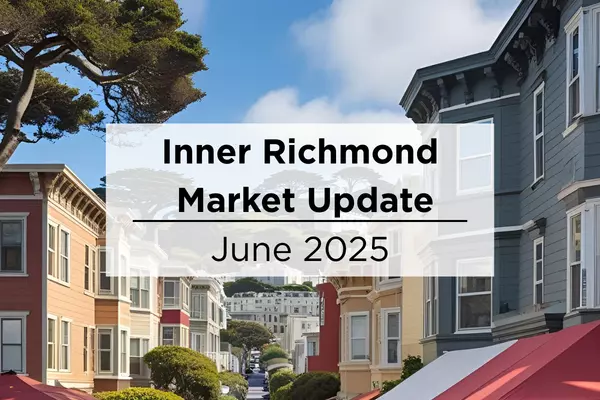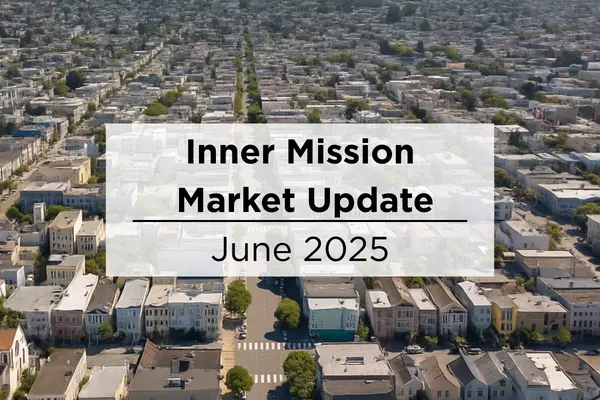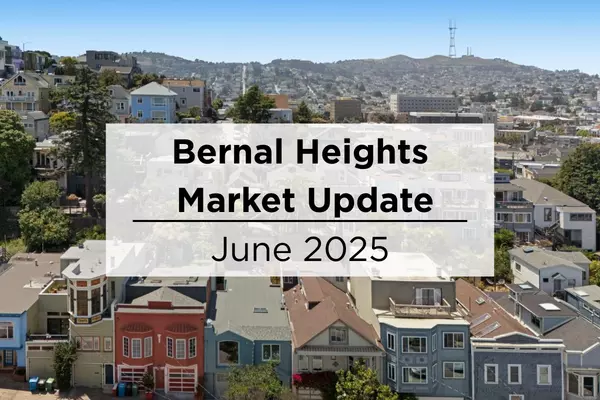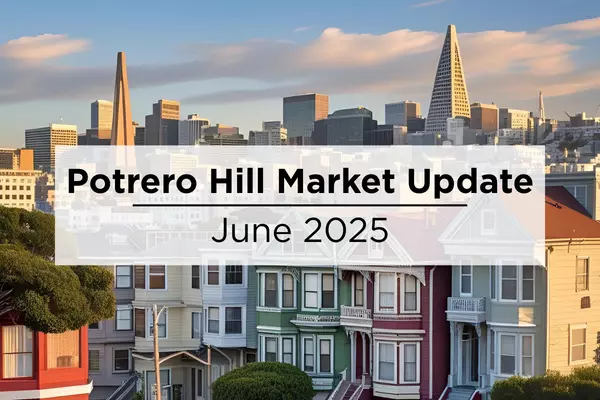June 2024 San Francisco Real Estate Analysis: What You Need to Know

The Big Story
Record high median home prices once again
- Since January 2024, prices have climbed 10.6%, reaching an all-time high in May 2024. Similarly, the median list price per square foot hit an all-time high in April and again in May 2024. Affordability for homes has reached a record low.
- In May, the average 30-year mortgage rate fell to 7.03%, dropping 0.19% from the 2024 high reached in April. The Fed has expressed hesitation around lowering rates due to higher-than-desired inflation. Currently, we expect rates to remain between 6% and 8% for the rest of 2024.
- Sales fell 1.9% month over month, while inventory rose 9.0%. The combination of rising prices and high interest rates has continued to price more buyers out of the market, slowing sales.
Big Story Data
The Local Lowdown
Quick Take:
- Median single-family home and condo prices rose meaningfully from December 2023 to May 2024, up 19.1% and 14.8%, respectively. Year-over-year prices also appreciated 4% for single-family homes and condos.
- Active listings fell 6.4% month over month, along with a 0.5% decline in sales and an 18.3% drop in new listings. Housing supply is low and showing signs that supply will remain tight this year.
- Months of Supply Inventory has declined in 2024, indicating that buyer competition is increasing. MSI implies a sellers’ market in San Francisco.
Note: You can find the charts/graphs for the Local Lowdown at the end of this section.
The median single-family home and condo prices are both up 4% year over year
In San Francisco, home prices haven’t been largely affected by rising mortgage rates after the initial period of price correction from May 2022 to July 2022. Since July 2022, the median single-family home and condo prices have hovered around $1.5 million and $1.2 million, respectively. However, the horizontal trend may be changing. From December 2023 to May 2024, the median single-family home price rose 19%, and condo prices were up 15%. Year over year, the median price rose 4% for both single-family homes and condos. Prices are more likely to rise if more sellers come to the market. Inventory is so low that rising supply will only increase prices as buyers are better able to find the best match. More homes must come to the market to get anything close to a healthy market.
High mortgage rates soften both supply and demand, but home buyers and sellers seemed to tolerate rates above 6%. Now that rates are above 7%, sales could slow once again during the time of the year when sales tend to be at their highest. This phenomenon isn’t great for the market, but it isn’t terrible, either, as it may allow inventory to build in a massively undersupplied market.
Inventory, sales, and new listings declined month over month
In 2023, single-family home inventory followed fairly typical seasonal trends, but at a significantly depressed level, while condo inventory has been in decline since May 2022. Low inventory and fewer new listings have slowed the market considerably. Typically, inventory in San Francisco has two peaks, one in May and one in September, and then declines through December or January, but the lack of new listings prevented meaningful inventory growth. New listings have been exceptionally low, so the little inventory growth throughout 2023 was driven by fewer sales. In November and December 2023, new listings dropped significantly without a proportional drop in sales, causing inventory to fall to an all-time low in December, which further highlights how undersupplied the market has been over the past year. This year, inventory looks to have already seen its first peak in March, which is likely an early sign that inventory will remain tight in 2024.
We were hopeful that inventory and new listings would increase after new listings rose 134% month over month in January 2024. However, new listings have yet to grow at the pace needed to bring a significant increase in inventory. The number of new listings coming to market is a significant predictor of sales, and the substantial increase in new listings in January led to a 68% increase in sales in February. In April, new listings fell 6% month over month, and sales declined 1% in May. The demand in San Francisco is there, but supply — especially new supply — isn’t coming to the market.
Months of Supply Inventory in May 2024 indicated a sellers’ market for single-family homes
Months of Supply Inventory (MSI) quantifies the supply/demand relationship by measuring how many months it would take for all current homes listed on the market to sell at the current rate of sales. The long-term average MSI is around three months in California, which indicates a balanced market. An MSI lower than three indicates that there are more buyers than sellers on the market (meaning it’s a sellers’ market), while a higher MSI indicates there are more sellers than buyers (meaning it’s a buyers’ market). The San Francisco market tends to favor sellers, at least for single-family homes, which is reflected in its low MSI. However, we’ve seen over the past 12 months that this isn’t always the case. MSI has been volatile, moving between a buyers’ and sellers’ market throughout the year. From January to May, MSI declined significantly, indicating that single-family homes shifted from balanced to favoring sellers, and condos moved from favoring buyers to balanced.
Local Lowdown Data
Categories
Recent Posts





















